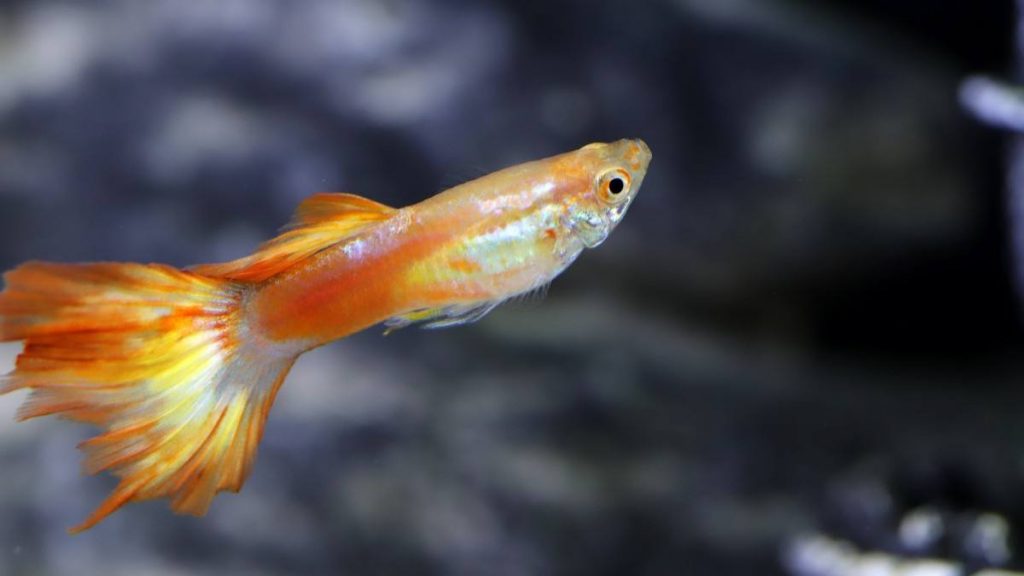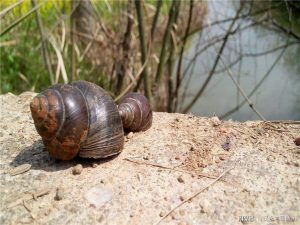What should I do if the parrot fish loses its swim bladder? The swim bladder is between the digestive tract and the kidneys of the fish and is composed of connective tissue and elastic fibers. Playing the role of ups and downs, the swim bladder has a thin tube connected to the esophagus, which adjusts the size of the swim bladder and floats and sinks in the water. Maw disorders are the most common among parrot fish diseases. The diseased parrot fish is horizontal, or lying on its side, or standing upside down, or even with its belly up, floating in the water or sinking to the bottom. When the parrot fish lost its swim bladder, the fish tapped on the tank wall, and with the help of the tank wall, the parrot fish could turn around and swim quickly for a while, but it would turn over again after a while.
In the end, how did the parrot fish lose its swim bladder? The main reasons for the disease include the following five points.
1. Nutritional components: There are many kinds of ornamental fish feeds on the market now, and the composition is very fine. Fish meal and dried shrimp are omnipotent. Fans even spend a lot of money on high-end feed for their beloved fish. The protein, fat and carbohydrate content in these feeds are often much higher than those of general natural feeds. There is also a feed that is too rich in nutrients, which will lead to excessive obesity in parrot fish, and too much fat will easily oppress the swim bladder, resulting in disorders.
2. Feed impact: Some aquarists feed parrot fish feeds that are not conducive to nitrification, such as some inferior feeds, which are not conducive to nitrification and are likely to cause intestinal obstruction. This causes the fish’s intestines to swell, and the parrot fish loses its balance, but it is not directly related to the swim bladder.
3. Virus infection: There is a kind of bullet-shaped virus that can cause inflammation and degeneration of the epithelial tissue of the swim bladder, so that a large amount of body fluid accumulates in the fish, compressing the body cavity, causing the air in the swim bladder to have nowhere to go, and the floating and sinking regulation function is effective. The sick parrot fish is thin, black in color, unresponsive, and rolls its head down. The abdomen is distended, there is ascites in the abdominal cavity, there are petechiae on the surface of the fish, and enteritis is often complicated, and it will die in about a week.
4. Changes in water temperature: Parrot fish is a tropical fish and is very sensitive to changes in water temperature. When the water temperature is changed drastically, both lowering and raising can stimulate the nerve endings of the fish skin, thus causing the imbalance of internal organ activity. The symptoms of this kind of parrot fish loss of swim bladder are that the skin loses its original luster, lying on the side of the water or the bottom of the water, and is lazy to swim. Parrot fish need stability, so pay attention to the adjustment of the water temperature when changing the water. When the water temperature suddenly changes above 3 degrees, it is very easy to cause the parrot fish to lose the swim bladder and imbalance.
5. Body shape factor: Although the body shape factor is not the direct cause of the swim bladder disorder, the parrot fish is much shorter than the dragon fish because of its long and round shape, and it is easy to lose its balance when it swims faster under normal conditions. Therefore, once the swim bladder is out of order, it is more likely to appear unbalanced.
Treatment of parrot fish for missing swim bladders: For fish that have lost their swim bladders, they need to be kept in isolation or in small cages that float on the water. The water level should not be too high, as long as it can cover the fish. At the same time, pay attention to the adjustment of temperature and the equipment of oxygenation equipment, and the temperature should be 28 or 9 degrees. And add one thousandth of coarse salt to the water to inhibit the growth of bacteria in the water. And slowly increase the water temperature to 30, 1 degrees or more. It is best not to feed during the sick period, so as not to affect the water quality.







